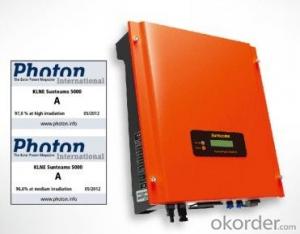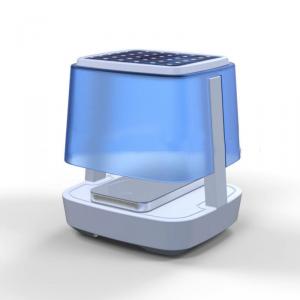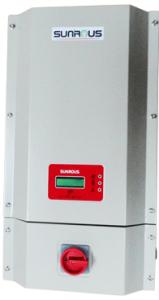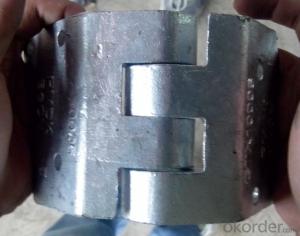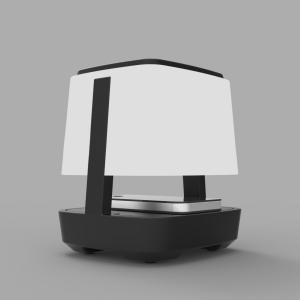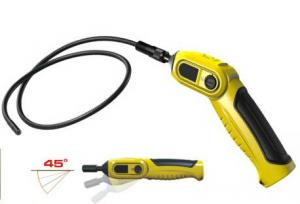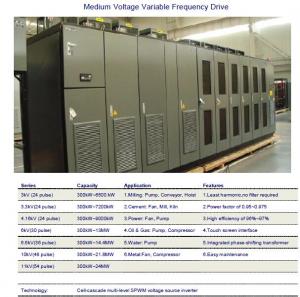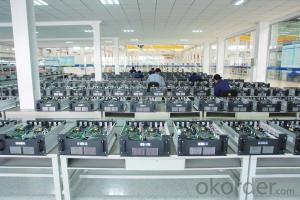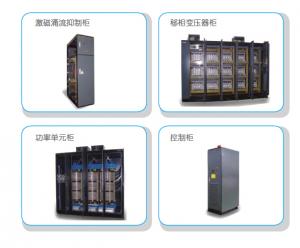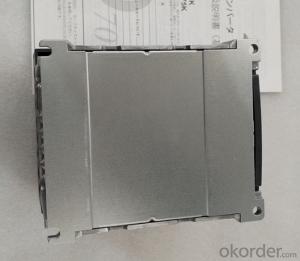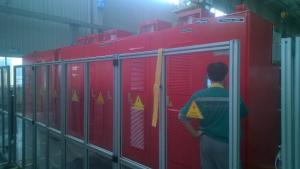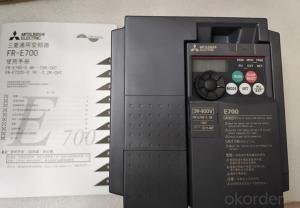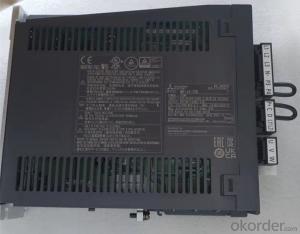Wifi Device For Solar Inverter
Wifi Device For Solar Inverter Related Searches
Wifi For Solar Inverter Wifi Module For Solar Inverter Solar Wifi Inverter Wifi Solar Inverter Connect Solar Inverter To Wifi Wifi Dongle For Solar Inverter Solar Inverter Wifi Module Solar Inverter Wifi Connection Wifi Inverter Solar Solar Edge Inverter Wifi Abb Solar Inverter Wifi Solar Charger For Inverter Inverter For Solar Inverter For Solar Battery Inverter For Solar Power Plant Solar Inverter For Home Solar Battery For Inverter Solar System Inverter For Home Solar Energy Inverter For Home Inverter For Home Solar Solar Inverter For Laptop Wall Mounted Solar Inverter Inverter For Solar Farm Solar Power Inverter For Home Mini Solar Inverter For Home Inverter With Solar Charger Outdoor Solar Inverter Solar Inverter For Battery Solar Charger With Inverter Inverter With Solar InputWifi Device For Solar Inverter Supplier & Manufacturer from China
The Wifi Device For Solar Inverter is a cutting-edge product designed to enhance the functionality and efficiency of solar power systems. This device enables seamless communication between the solar inverter and various smart devices, allowing for remote monitoring and control of solar energy generation and consumption. By integrating this device into a solar power system, users can optimize their energy usage, reduce costs, and maximize the return on their investment in renewable energy.The Wifi Device For Solar Inverter finds its application in a wide range of scenarios, from residential rooftop installations to large-scale commercial and industrial solar projects. It is particularly useful for those who want to monitor their solar system's performance in real-time, receive alerts about system issues, and make data-driven decisions to improve energy efficiency. This product also enables users to track their solar energy production and consumption patterns, helping them to better understand their energy usage and make informed decisions about their energy needs.
Okorder.com is a reputable wholesale supplier of Wifi Device For Solar Inverter, boasting a vast inventory of this innovative product. With a commitment to providing high-quality products and exceptional customer service, Okorder.com ensures that customers receive the Wifi Device For Solar Inverter they need to enhance their solar power systems. By partnering with Okorder.com, customers can benefit from competitive pricing, fast shipping, and reliable support, making it a top choice for those looking to invest in Wifi Device For Solar Inverter solutions.
Hot Products


